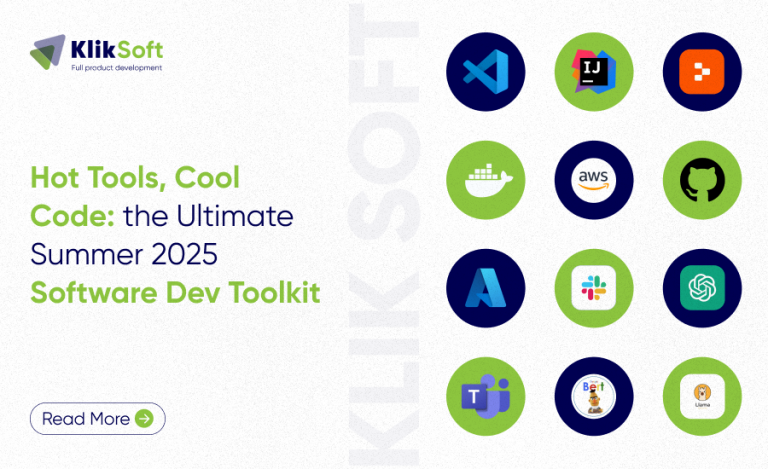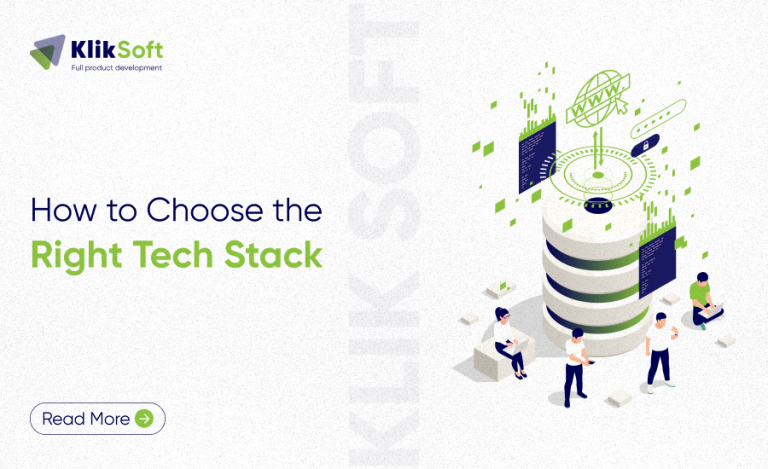FastAPI is a contemporary net framework for constructing APIs with Python 3.7+ based mostly on normal Python kind hints. It’s recognized for its excessive efficiency and ease of use, making it a preferred alternative amongst builders. If you happen to’re making ready for a FastAPI interview, listed below are some frequent questions you would possibly encounter together with their solutions.
Fundamentals of FastAPI: Options and Framework
1. What’s FastAPI?
- FastAPI is a contemporary net framework for constructing APIs with Python 3.7+.
- It’s based mostly on normal Python kind hints, which allows automated knowledge validation and API documentation technology.
- FastAPI is understood for its excessive efficiency, because of its use of asynchronous programming with Python’s
asyncandawaitkey phrases.
2. How does FastAPI examine to different net frameworks like Flask and Django?
- FastAPI is extra fashionable and performs higher than Flask and Django as a result of its use of asynchronous programming and sort hints.
- FastAPI offers automated knowledge validation and API documentation technology, which reduces boilerplate code.
3. What are some key options of FastAPI?
- Automated validation of request knowledge.
- Automated technology of interactive API documentation.
- Dependency injection system for organizing code.
- Assist for WebSocket APIs.
- Excessive efficiency as a result of asynchronous programming.
Makes use of and Software of FastAPI
1. How do you outline a route in FastAPI?
- You possibly can outline a route in FastAPI utilizing the
@app.get,@app.submit,@app.put,@app.deletedecorators, adopted by the route path. - For instance,
@app.get("/gadgets/{item_id}")defines a GET route for retrieving an merchandise with a selected ID.
2. How do you deal with request parameters in FastAPI?
- FastAPI mechanically handles request parameters utilizing kind hints.
- For path parameters, you’ll be able to outline them within the route path, resembling
{item_id}in/gadgets/{item_id}. - For question parameters, you’ll be able to outline them as operate parameters with default values, resembling
query_param: int = 0.
3. How do you deal with request our bodies in FastAPI?
- FastAPI mechanically parses request our bodies based mostly on the desired knowledge mannequin utilizing Pydantic.
- You possibly can outline a knowledge mannequin utilizing Pydantic’s
BaseModelclass and use it as a operate parameter with kind hinting.
FastAPI Interview Questions
Introduction to FastAPI
- What’s FastAPI?
- A) A JavaScript framework
- B) An internet framework for constructing APIs with Python
- C) A database administration system
- D) A CSS preprocessor
Reply: B) An internet framework for constructing APIs with Python
- Which Python model does FastAPI require?
- A) Python 2.7
- B) Python 3.5
- C) Python 3.7+
- D) Python 3.9
Reply: C) Python 3.7+
- What’s a key characteristic of FastAPI?
- A) Automated knowledge validation
- B) Assist for PHP
- C) Sluggish efficiency
- D) Lack of documentation
Reply: A) Automated knowledge validation
Set up and Setup
- How will you set up FastAPI?
- A) Utilizing npm
- B) Utilizing pip
- C) By downloading a zipper file
- D) By cloning a Git repository
Reply: B) Utilizing pip
- Which of the next is NOT required for establishing FastAPI?
- A) Python 3.7+
- B) Digital atmosphere
- C) Flask
- D) FastAPI bundle
Reply: C) Flask
- What’s the goal of establishing a digital atmosphere for FastAPI?
- A) To isolate dependencies
- B) To make the appliance run sooner
- C) To keep away from utilizing Python 3.7+
- D) To extend safety
Reply: A) To isolate dependencies
Creating and Operating a FastAPI Software
- How do you create a brand new FastAPI utility?
- A) By operating
npm create fastapi-app - B) By utilizing a GUI device
- C) By operating a Python script
- D) By cloning a Git repository
Reply: C) By operating a Python script
- A) By operating
- How do you run a FastAPI utility?
- A) By double-clicking on the appliance file
- B) By utilizing a command-line interface and operating
uvicorn important:app --reload - C) By utilizing an internet browser
- D) By utilizing an IDE
Reply: B) By utilizing a command-line interface and operating
uvicorn important:app --reload - What’s the goal of the
--reloadflag when operating a FastAPI utility?- A) To reload the browser automaticallyB) To reload the appliance mechanically when adjustments are madeC) To reload the server automaticallyD) To reload the digital atmosphere
Reply: B) To reload the appliance mechanically when adjustments are made
Middleware
- What’s middleware in FastAPI?
- A) A strategy to outline routes
- B) A strategy to deal with request and response objects
- C) A strategy to inject dependencies
- D) A strategy to modify requests and responses earlier than they attain the route handler
Reply: D) A strategy to modify requests and responses earlier than they attain the route handler
- How do you outline middleware in FastAPI?
- A) By utilizing the
@middlewaredecorator - B) By defining a operate that takes
requestandcall_nextparameters - C) By utilizing the
middlewareattribute within the utility configuration - D) By utilizing the
add_middlewaretechnique
Reply: B) By defining a operate that takes
requestandcall_nextparameters - A) By utilizing the
- What’s the goal of middleware in FastAPI?
- A) To outline routes
- B) To deal with request and response objects
- C) To inject dependencies
- D) To carry out operations earlier than and after request handlers
Reply: D) To carry out operations earlier than and after request handlers
Authentication and Authorization
- How do you implement authentication in FastAPI?
- A) By utilizing the
@authenticatedecorator - B) By utilizing the
Authclass - C) By utilizing third-party authentication libraries
- D) By utilizing the
@relies upondecorator
Reply: C) By utilizing third-party authentication libraries
- A) By utilizing the
- What’s the goal of authentication in FastAPI?
- A) To outline routes
- B) To deal with request and response objects
- C) To confirm the identification of the person
- D) To inject dependencies
Reply: C) To confirm the identification of the person
- How do you implement authorization in FastAPI?
- A) By utilizing the
@authorizedecorator - B) By utilizing the
Authorizationclass - C) By utilizing third-party authorization libraries
- D) By utilizing the
@relies upondecorator
Reply: C) By utilizing third-party authorization libraries
- A) By utilizing the
Error Dealing with
- How do you deal with errors in FastAPI?
- A) By utilizing try-except blocks
- B) By defining error handlers utilizing the
@app.exception_handlerdecorator - C) By utilizing the
increaseassertion - D) By utilizing the
@error_handlerdecorator
Reply: B) By defining error handlers utilizing the
@app.exception_handlerdecorator - What’s the goal of error dealing with in FastAPI?
- A) To outline routes
- B) To deal with request and response objects
- C) To deal with errors and exceptions that happen throughout request processing
- D) To inject dependencies
Reply: C) To deal with errors and exceptions that happen throughout request processing
- How do you come back customized error responses in FastAPI?
- A) By elevating an exception with a customized messageB) By utilizing the
HTTPExceptionclassC) By utilizing the@error_responsedecoratorD) By modifying the response object immediately
Reply: B) By utilizing the
HTTPExceptionclass - A) By elevating an exception with a customized messageB) By utilizing the















+ There are no comments
Add yours